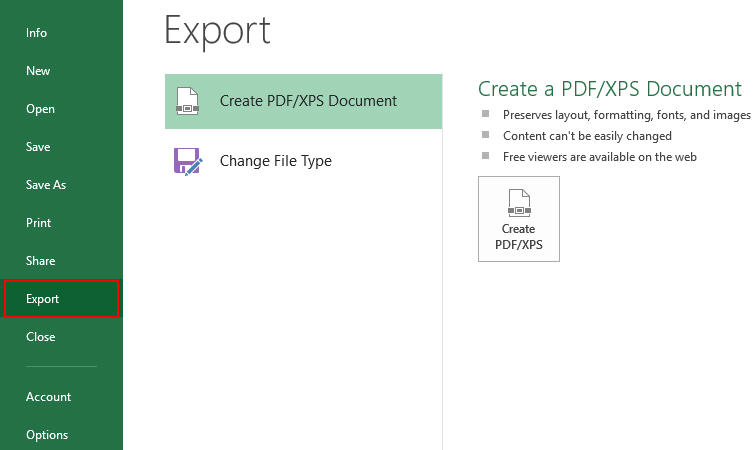Microsoft Office 2016 Mac Error

This article describes the formula syntax and usage of the ERROR.TYPE function in Microsoft Excel.

Description
Returns a number corresponding to one of the error values in Microsoft Excel or returns the #N/A error if no error exists. You can use ERROR.TYPE in an IF function to test for an error value and return a text string, such as a message, instead of the error value.
Syntax
ERROR.TYPE(error_val)
The ERROR.TYPE function syntax has the following arguments:
Restore your keychain permissions for Office for Mac. If the above did not work, Office may have trouble accessing the keychain and you'll need to restore keychain permissions for Office for Mac. In these cases, you may see: The keychain access prompt every time you launch any Office application, even though you previously selected Always Allow. Nov 09, 2018 Unless noted, the information in this article also applies to Office 2019 for Mac and Office 2016 for Mac, which are available as a one-time purchase from a retail store or through a volume licensing agreement. Most of this article is tables detailing network URLs, type, and description of service or feature provided by that endpoint. Jun 30, 2019 Starting with Office 2016, Microsoft had to comply with Apple’s rules in order to be able to sell the Office suite in the App store. Microsoft provides a set of fonts specifically for their software, which will get installed in a different location. Make sure you're using the correct Microsoft Account that is associated with your Office for Mac purchase. Double check to make sure you're activating Office 2016 or Office 2019 for Mac and not Office for Mac 2011. If you're accidentally trying to activate 2011 instead of Office 2016 or Office 2019 for Mac, uninstall Office for Mac 2011.
Error_val Required. The error value whose identifying number you want to find. Although error_val can be the actual error value, it will usually be a reference to a cell containing a formula that you want to test.
If error_val is | ERROR.TYPE returns |
|---|---|
#NULL! | 1 |
#DIV/0! | 2 |
#VALUE! | 3 |
#REF! | 4 |
#NAME? | 5 |
#NUM! | 6 |
#N/A | 7 |
#GETTING_DATA | 8 |
Anything else | #N/A |
Microsoft Office 2016 Free Download
Example
Microsoft Office 2016 Mac Torrent
Copy the example data in the following table, and paste it in cell A1 of a new Excel worksheet. For formulas to show results, select them, press F2, and then press Enter. If you need to, you can adjust the column widths to see all the data.
Data | ||
|---|---|---|
#NULL! | ||
#DIV/0! | ||
Formula | Description | Result |
=ERROR.TYPE(A2) | Number of the #NULL! Error(1). | 1 |
=IF(ERROR.TYPE(A3)<3,CHOOSE(ERROR.TYPE(A3),'Ranges do not intersect','The divisor is zero')) | Checks cell A3 to see whether the cell contains either the #NULL! error value or the #DIV/0! error value. If it does, then the number for the error value is used in the CHOOSE worksheet function to display one of two messages; otherwise, the #N/A error value is returned. | The divisor is zero |
